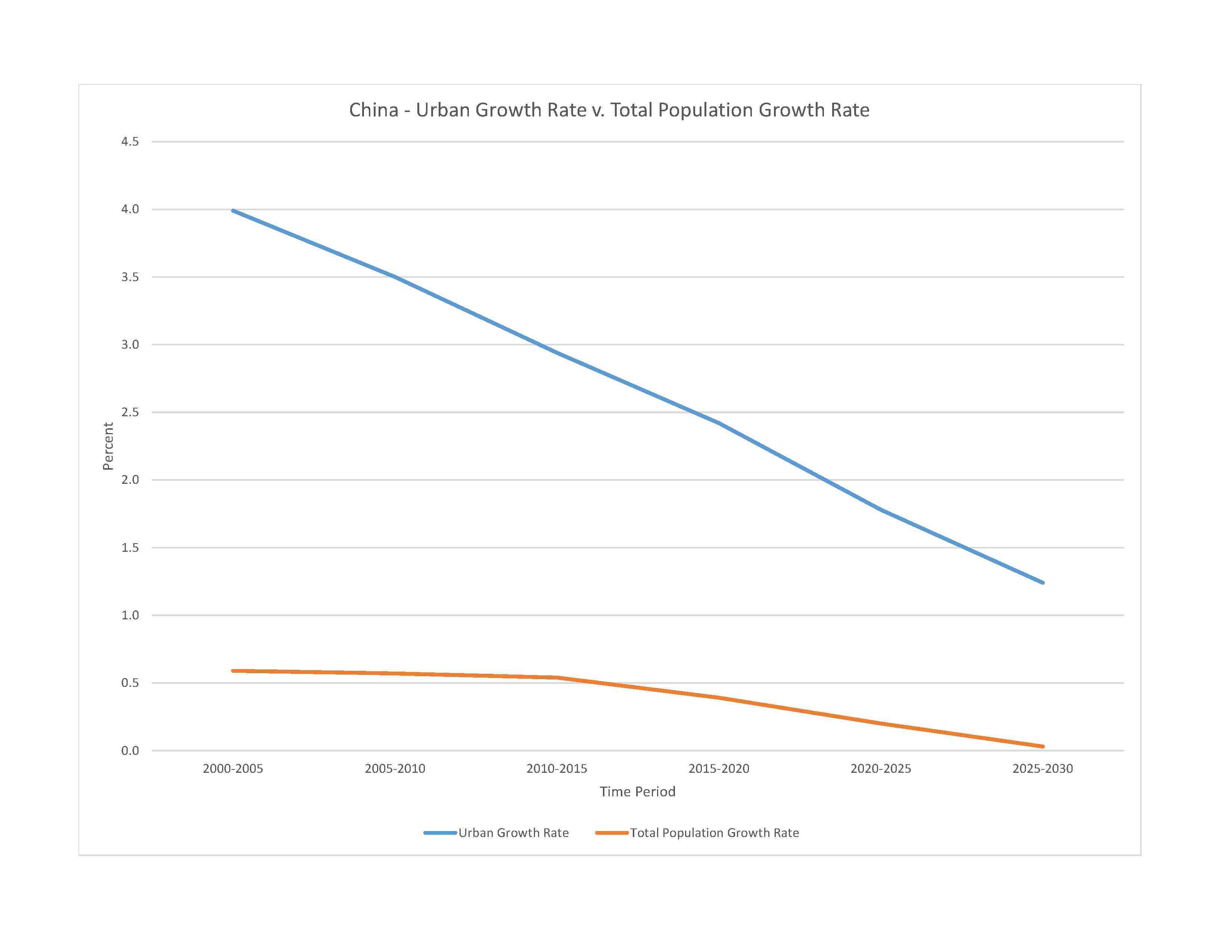
1,413,142,846 (2023 est.)
noun: Chinese (singular and plural)
adjective: Chinese
Han Chinese 91.1%, ethnic minorities 8.9% (includes Zhang, Hui, Manchu, Uighur, Miao, Yi, Tujia, Tibetan, Mongol, Dong, Buyei, Yao, Bai, Korean, Hani, Li, Kazakh, Dai, and other nationalities) (2021 est.)
note: the PRC officially recognizes 56 ethnic groups
Standard Chinese or Mandarin (official; Putonghua, based on the Beijing dialect), Yue (Cantonese), Wu (Shanghainese), Minbei (Fuzhou), Minnan (Hokkien-Taiwanese), Xiang, Gan, Hakka dialects, minority languages (see Ethnic groups entry); note - Zhuang is official in Guangxi Zhuang, Yue is official in Guangdong, Mongolian is official in Nei Mongol, Uyghur is official in Xinjiang Uygur, Kyrgyz is official in Xinjiang Uyghur, and Tibetan is official in Xizang (Tibet)
major-language sample(s):
世界概況 – 不可缺少的基本消息來源 (Standard Chinese)
The World Factbook, the indispensable source for basic information.
Mandarin audio sample:
folk religion 21.9%, Buddhist 18.2%, Christian 5.1%, Muslim 1.8%, Hindu
note: officially atheist
0-14 years: 16.48% (male 124,166,174/female 108,729,429)
15-64 years: 69.4% (male 504,637,819/female 476,146,909)
65 years and over: 14.11% (2023 est.) (male 92,426,805/female 107,035,710)
total dependency ratio: 44.5
youth dependency ratio: 25.5
elderly dependency ratio: 19
potential support ratio: 5.3 (2021 est.)
note: data do not include Hong Kong, Macau, and Taiwan
total: 39.8 years (2023 est.)
male: 38.6 years
female: 41.1 years
0.18% (2023 est.)
9.7 births/1,000 population (2023 est.)
7.8 deaths/1,000 population (2023 est.)
-0.1 migrant(s)/1,000 population (2023 est.)
overwhelming majority of the population is found in the eastern half of the country; the west, with its vast mountainous and desert areas, remains sparsely populated; though ranked first in the world in total population, overall density is less than that of many other countries in Asia and Europe; high population density is found along the Yangtze and Yellow River valleys, the Xi Jiang River delta, the Sichuan Basin (around Chengdu), in and around Beijing, and the industrial area around Shenyang
urban population: 64.6% of total population (2023)
rate of urbanization: 1.78% annual rate of change (2020-25 est.)
note: data do not include Hong Kong and Macau

29.211 million Shanghai, 21.766 million BEIJING (capital), 17.341 million Chongqing, 14.284 million Guangzhou, 14.239 million Tianjin, 13.073 million Shenzhen (2023)
at birth: 1.09 male(s)/female
0-14 years: 1.14 male(s)/female
15-64 years: 1.06 male(s)/female
65 years and over: 0.86 male(s)/female
total population: 1.04 male(s)/female (2023 est.)
23 deaths/100,000 live births (2020 est.)
total: 6.5 deaths/1,000 live births (2023 est.)
male: 6.9 deaths/1,000 live births
female: 6 deaths/1,000 live births
total population: 78.2 years (2023 est.)
male: 75.5 years
female: 81.2 years
1.45 children born/woman (2023 est.)
0.69 (2023 est.)
84.5% (2017)
improved: urban: 97.3% of population
rural: 91.5% of population
total: 95.1% of population
unimproved: urban: 2.7% of population
rural: 8.5% of population
total: 4.9% of population (2020 est.)
5.6% of GDP (2020)
2.23 physicians/1,000 population (2019)
4.3 beds/1,000 population (2017)
improved: urban: 97.6% of population
rural: 90.6% of population
total: 94.9% of population
unimproved: urban: 2.4% of population
rural: 9.4% of population
total: 5.1% of population (2020 est.)
degree of risk: high (2023)
food or waterborne diseases: bacterial diarrhea, hepatitis A, and typhoid fever
vectorborne diseases: Crimean-Congo hemorrhagic fever, dengue fever, Japanese encephalitis, severe fever thrombocytopenia syndrome (SFTS)
soil contact diseases: hantaviral hemorrhagic fever with renal syndrome (HFRS)
6.2% (2016)
total: 4.48 liters of pure alcohol (2019 est.)
beer: 1.66 liters of pure alcohol (2019 est.)
wine: 0.18 liters of pure alcohol (2019 est.)
spirits: 2.63 liters of pure alcohol (2019 est.)
other alcohols: 0 liters of pure alcohol (2019 est.)
total: 25.6% (2020 est.)
male: 49.4% (2020 est.)
female: 1.7% (2020 est.)
2.4% (2013)
75.9% (2023 est.)
women married by age 15: 0.1%
women married by age 18: 2.8%
men married by age 18: 0.7% (2020 est.)
3.6% of GDP (2020 est.)
definition: age 15 and over can read and write
total population: 96.8%
male: 98.5%
female: 95.2% (2018)
total: 14 years
male: 14 years
female: 14 years (2015)
in October 2015, the Chinese Government announced that it would change its rules to allow all couples to have two children, loosening a 1979 mandate that restricted many couples to one child; the new policy was implemented on 1 January 2016 to address China’s rapidly aging population and future economic needs
NOTE: The information regarding China on this page is re-published from the 2024 World Fact Book of the United States Central Intelligence Agency and other sources. No claims are made regarding the accuracy of China 2024 information contained here. All suggestions for corrections of any errors about China 2024 should be addressed to the CIA or the source cited on each page.
This page was last modified 04 May 24, Copyright © 2024 ITA all rights reserved.